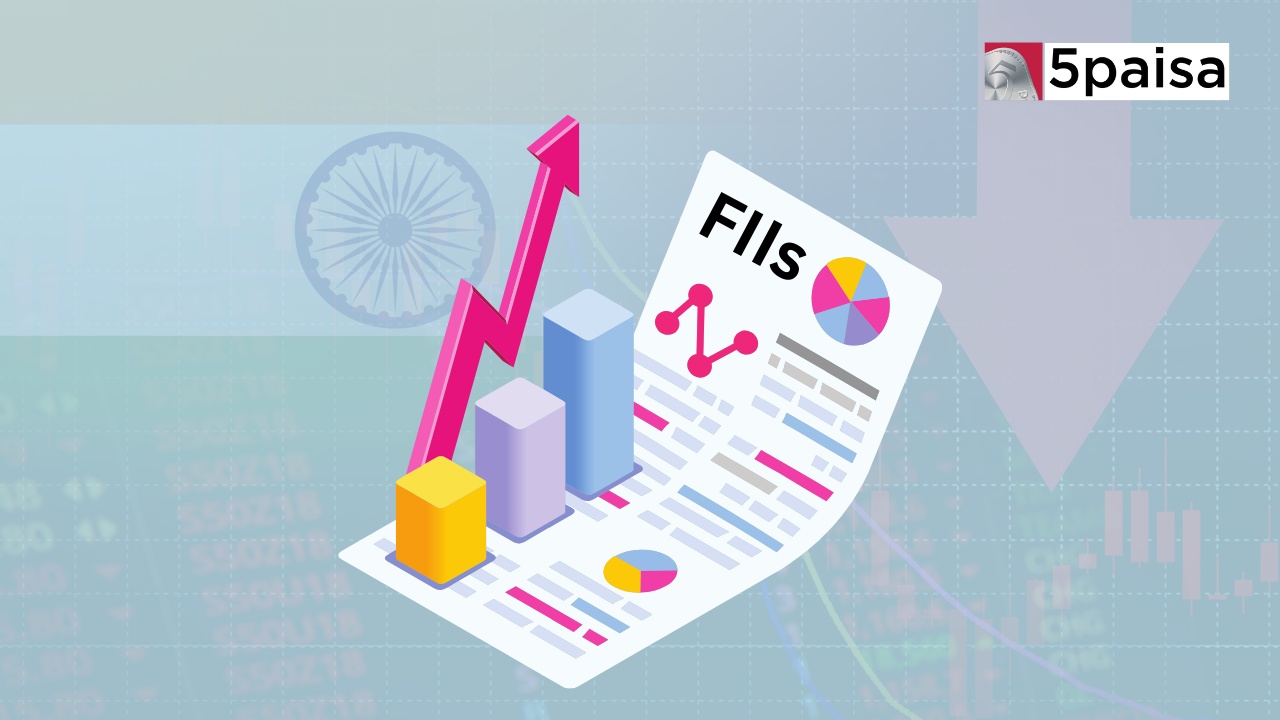Citi cuts India CAD target for FY23 to below 3%

Last Updated: 9th January 2023 - 02:07 pm
When the RBI published the current account deficit data on the 29th December 2022, there were some concerns about the sudden spike in the current account deficit (CAD) number for Q2FY23. In dollar terms, the current account deficit for the second quarter of FY23 (Q2FY23) ended September 2022 touched a life-time high of $36.4 billion. This was double the current account deficit reported for the first quarter ended June 2022. Also, in percentage terms, the CAD had burgeoned from 2.2% of GDP to 4.4% of GDP in just one quarter. This had raised concerns that the full year fiscal deficit may spike sharply in FY23. The table below captures the progression of CAD in India over the last 12 quarters.
|
Quarter |
Current Account Balance |
|
Quarter Ended December 2019 |
$(2.61) billion |
|
Quarter Ended March 2020 |
$0.58 billion |
|
Quarter Ended June 2020 |
$19.79 billion |
|
Quarter Ended September 2020 |
$15.51 billion |
|
Quarter Ended December 2020 |
$(2.2) billion |
|
Quarter Ended March 2021 |
$(8.1) billion |
|
Quarter Ended June 2021 |
$6.58 billion |
|
Quarter Ended September 2021 |
$(9.71) billion |
|
Quarter Ended December 2021 |
$(22.16) billion |
|
Quarter Ended March 2022 |
$(13.40) billion |
|
Quarter Ended June 2022 |
$(18.20) billion |
|
Quarter Ended September 2022 |
$(36.40) billion |
Data Source: RBI
Citigroup has some good news on the CAD front
Amidst the concerns regarding the overall fiscal deficit numbers, there is some good news from Citigroup. It may be recollected that back in August 2022, Citi had pegged CAD for the fiscal year FY23 ending March 2023 at a relatively high 3.9% of GDP. Now the Citigroup economist has mellowed down these estimates substantially and cut the CAD by 100 bps from 3.9% of GDP to 2.9% of GDP. That is still high, but it gives a lot of comfort at a macro level and does not ring alarm bells for the rupee as a CAD of nearly 4% of GDP would have normally done. This shift in perception has been largely attributed to a better than expected performance of the services export, which has growth sharply in FY23 till date.
Citi not only revised its forecast for CAD for FY23 lower to 2.9% but also cut its FY24 estimates for CAD by 20 bps to 2.2%. According to Citigroup, the boost came from services exports, which goes much beyond mere software services. The merchandise contribution to the CAD has also come down due to the tapering of oil prices in the Brent market. To an extent, oil prices were lower in the quarter due to falling demand outlook combined with predictions of a US recession. Rising COVID cases in China have also impacted the demand for oil, pushing oil prices down further. In fact, Citi expects the oil prices to settle below the $80/bbl level by early part of 2023, which should help tone down the CAD in a big way.
|
Pressure on Current Account (CA) |
Amount |
Boosting the Current Account (CA) |
Amount |
|
Q1FY23 Trade Deficit |
($83.50 bn) |
Q1FY23 Services Surplus |
+$34.40 bn |
|
Primary A/C - Interest |
($12.00 bn) |
Secondary Income |
+$24.70 bn |
|
Negative Thrust on CA |
(-95.50 bn) |
Positive Thrust on CA |
+$59.10 bn |
|
|
|
Current Account Deficit |
(-$36.40 bn) |
On the service export front, the 30.2% growth in the second quarter on a yoy basis was not only driven by software exports but also by the growth in travel and business services. In the second quarter, the CAD had widened to a life-time high, but that is expected to taper in the coming months. In Q2FY23, the CAD as a percentage of GDP was 4.4%, but that was more of an exceptional quarter wherein the weak rupee acted as the double whammy on the current account deficit. In the September quarter, the spike in CAD was triggered by the trade deficit widening from $63 billion to $83.5 billion on a yoy basis. There was also a higher net outgo on account of investment income.
Most economists concur that the worst may be over for the CAD and a level of 2.9%, as Citi predicts should come as a whiff of fresh air. The high levels of CAD as a share of GDP has several negative repercussions. Firstly, global investors tend to be wary about investing in an economy that has a very high share of CAD to GDP. Secondly, the rupee tends to weaken and we saw the rupee weakening by over 11% in the current calendar year, largely due to the pressures of the CAD. Above all, Indian sovereign ratings are just above speculative grade. Any change even in the outlook at this stage could have larger implications for India. If what Citi says turns out to be true, India should have reasons to feel satisfied.
- Flat ₹20 Brokerage
- Next-gen Trading
- Advance Charting
- Actionable Ideas
Trending on 5paisa
06
 Tanushree Jaiswal
Tanushree Jaiswal
Global Market Related Articles
Disclaimer: Investment in securities market are subject to market risks, read all the related documents carefully before investing. For detailed disclaimer please Click here.
 5paisa Research Team
5paisa Research Team




